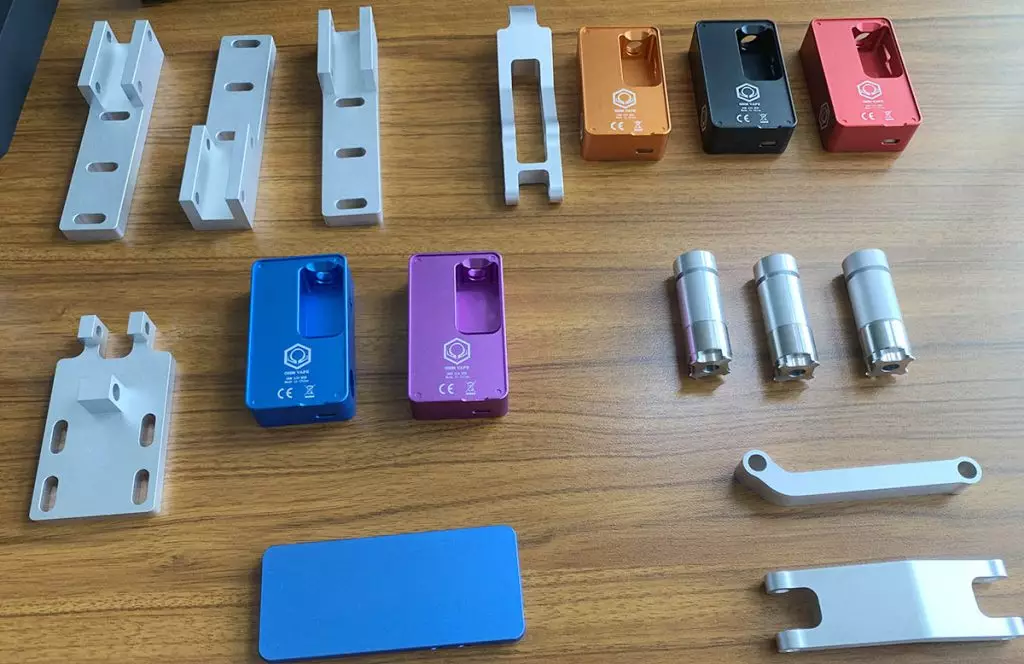
What is the difference between anodizing and Plating?
Milling and turning are advanced CNC manufacturing machines that can manufacture precision parts for various industries. However, after CNC machining, parts always leave traces of being processed, and most metal parts are prone to oxidation reactions with air. Therefore, to protect the parts, improve the decorative effect of the product surface, or other assembly requirements, we must perform surface treatment on the parts.
In Aria’s daily work, the two most common surface treatments are anodizing and electroplating. So what is the difference between them?
The use of anodizing
Anodizing refers to the process of forming a protective metal oxide coating on the metal surface by electrochemical reaction. It is only applicable to the process of metal surface treatment. Most metal materials (such as stainless steel, zinc alloy, aluminum alloy, magnesium alloy, copper alloy, titanium alloy) can be anodized in the corresponding electrolyte. It is worth mentioning that, due to the relatively unstable nature of the aluminium oxide when exposed to the atmosphere, anodizing surface treatment occurs most often in the processing of aluminum parts. Anodizing increases the thickness of the coating, making the component stronger and enabling it to withstand harsh environments.
Anodized surface treatment can bring a variety of color changes to the parts, including gold, brown, gray, and black. In addition to the color, it also provides better adhesion for painting, silkscreen, and powder coating.
The use of electroplating
Electroplating refers to the surface treatment process by depositing the same type of metal in the form of a thin coating on the metal parts in order to improve the surface finish. Metal plating protects parts by improving their strength, heat resistance and forming an insulating barrier. The object of electroplating treatment is mainly metal, but non-metallic materials can also be electroplated. The metals most commonly used for electroplating surface treatment are nickel, chromium, tin, copper, silver, palladium and gold. That is what we often call nickel plating, chrome plating, gold plating and so on.

